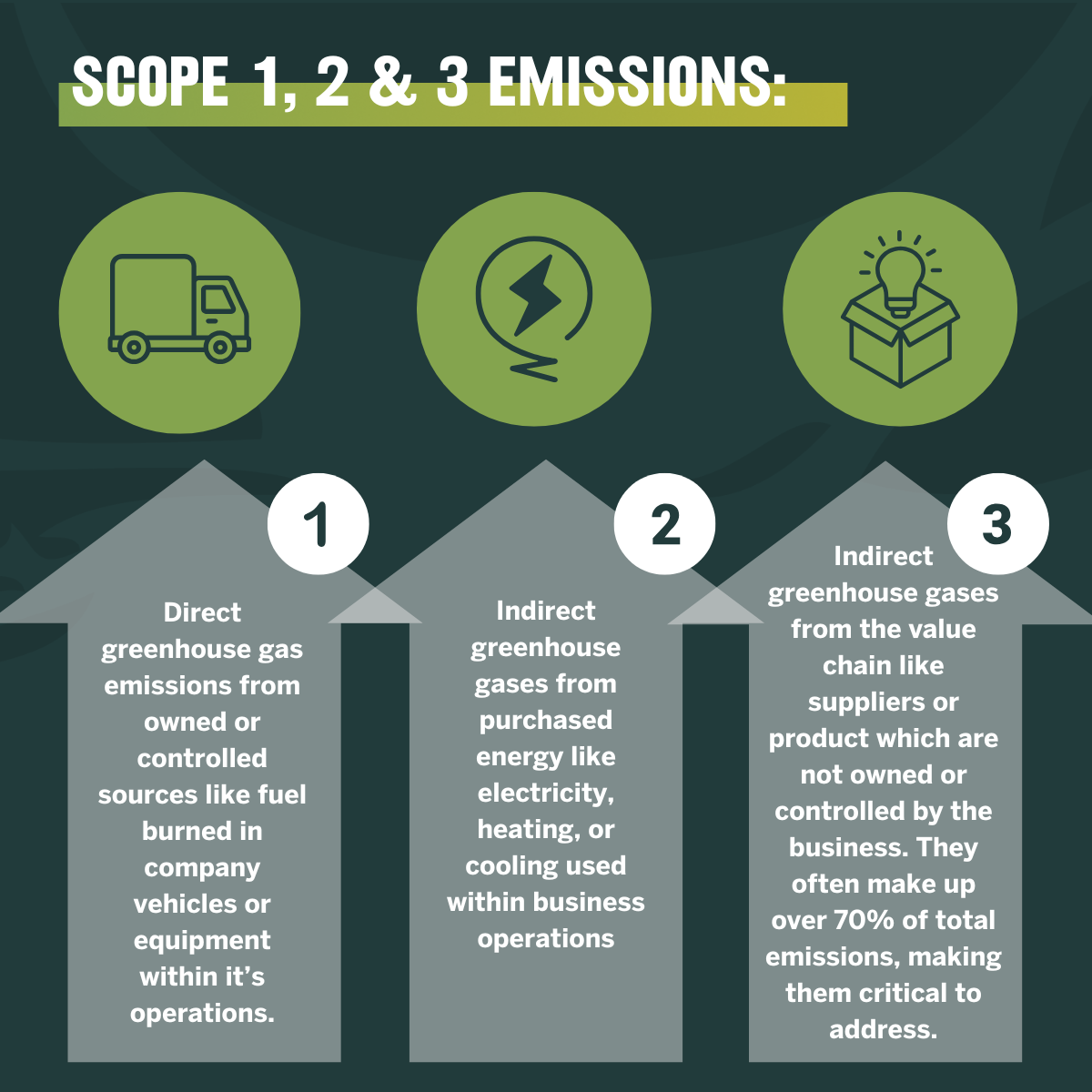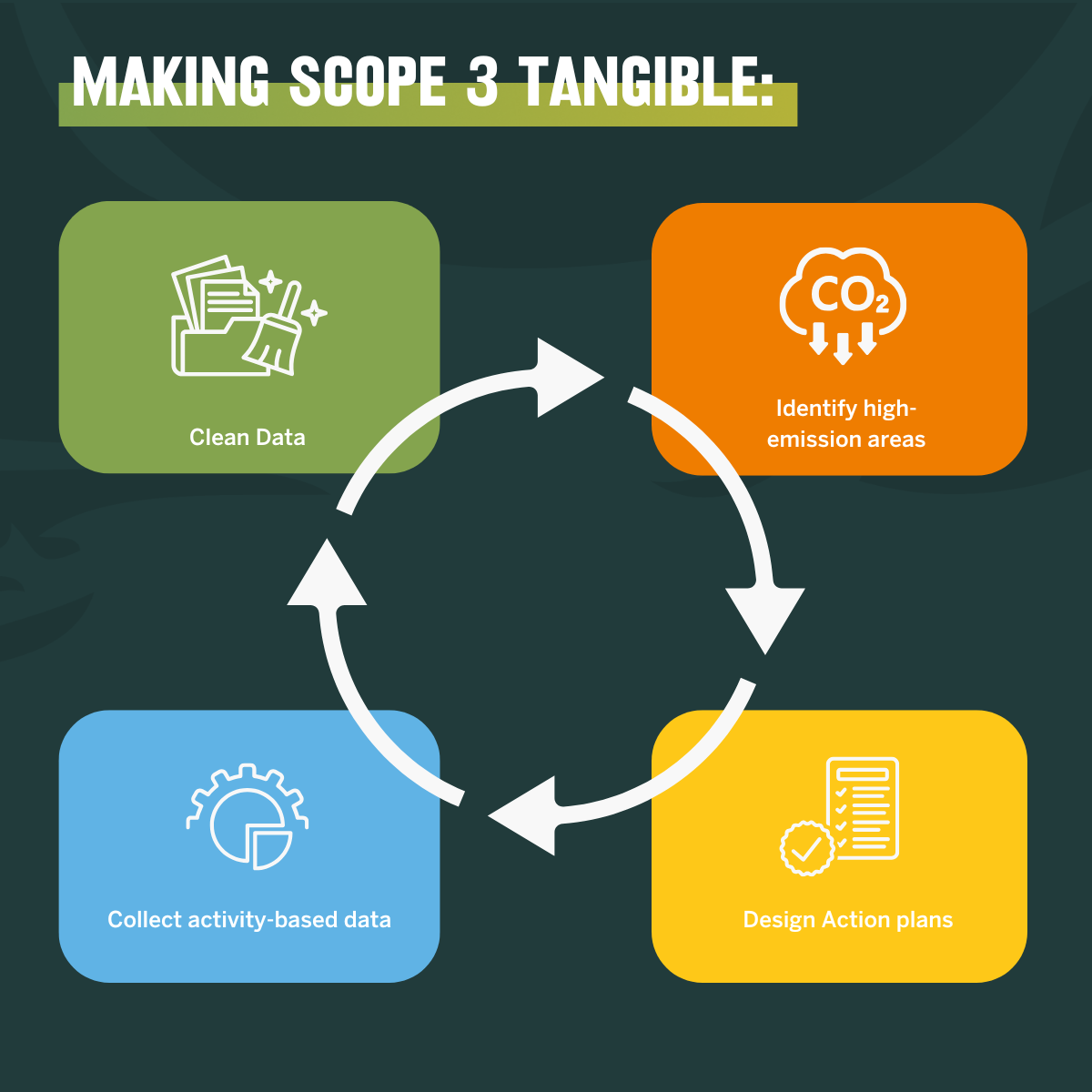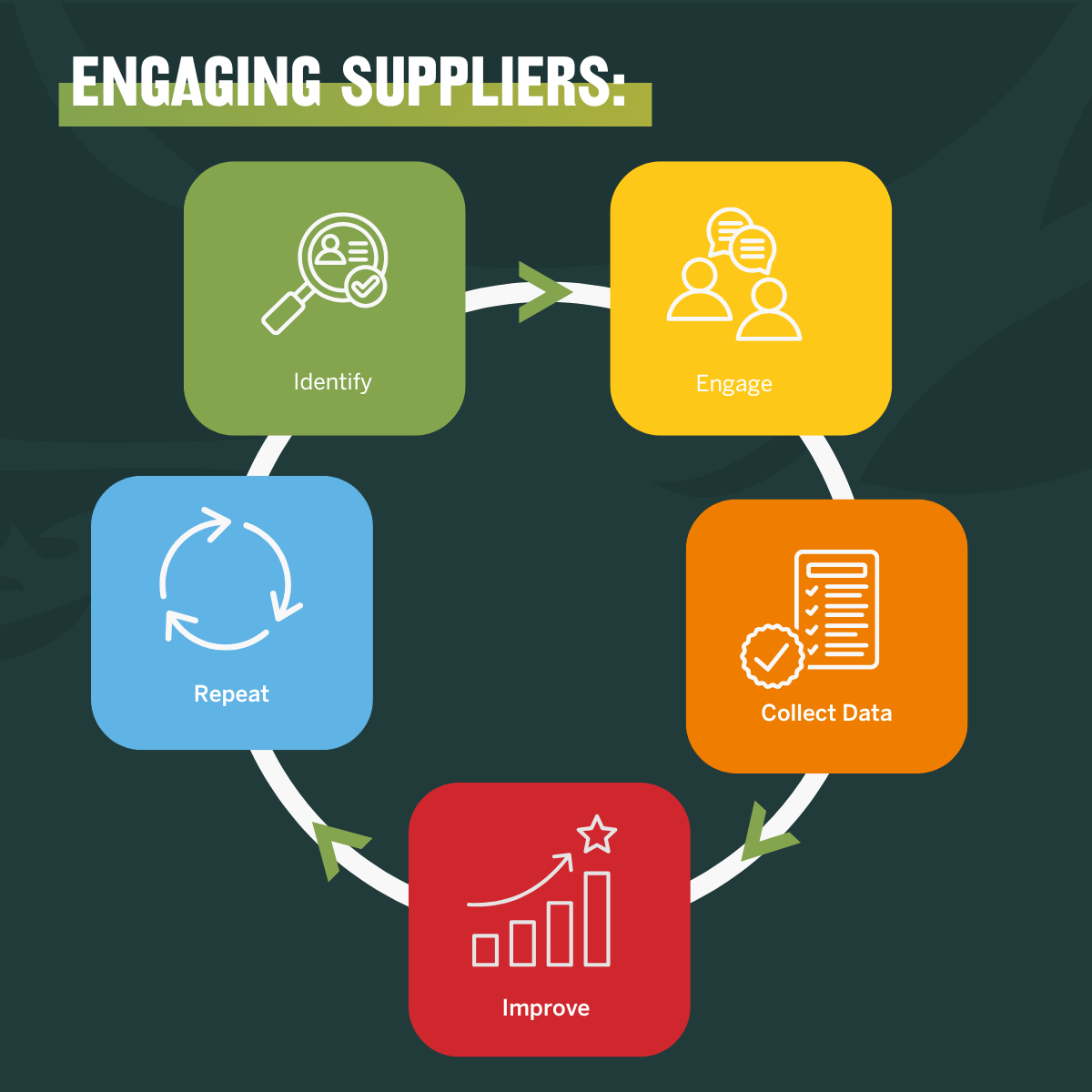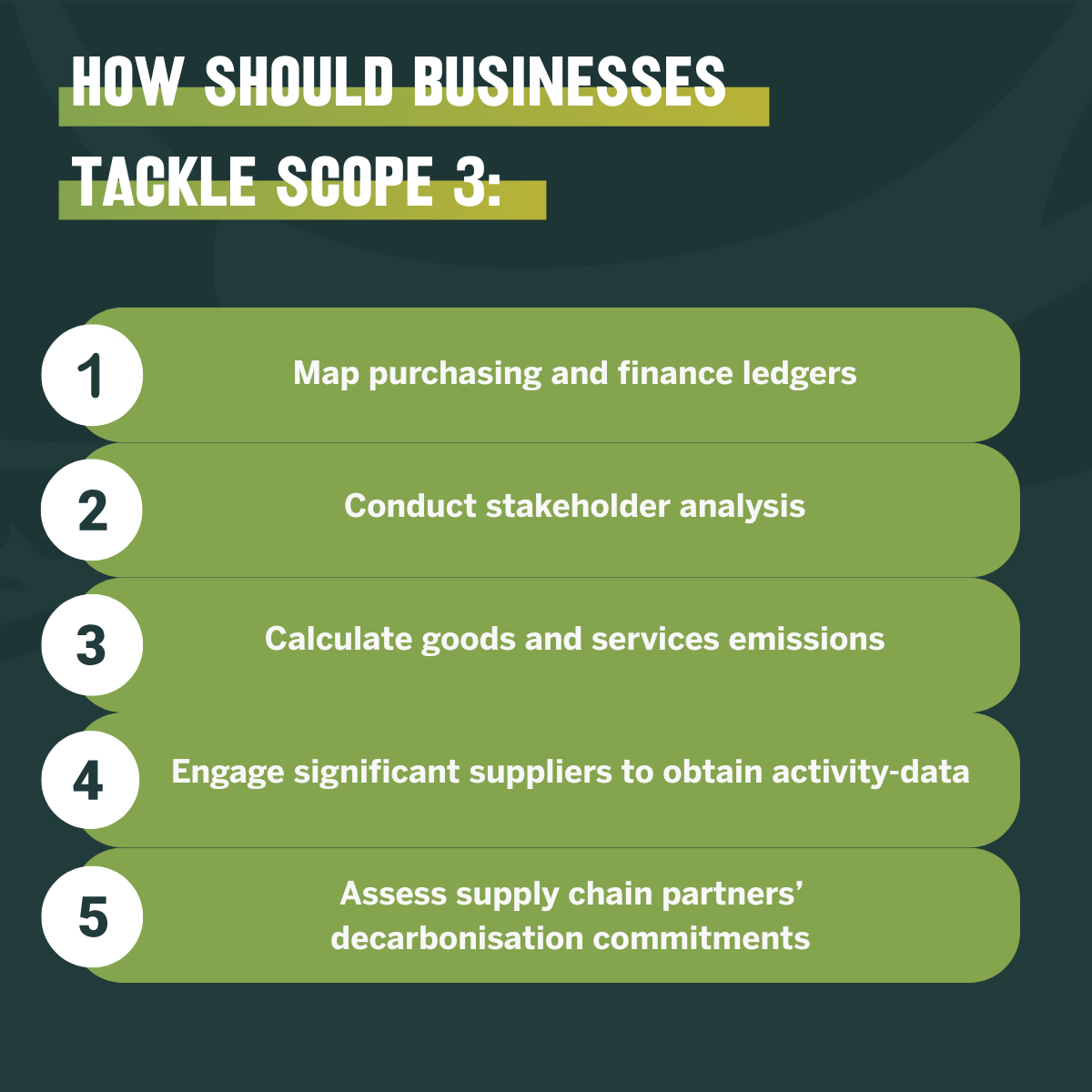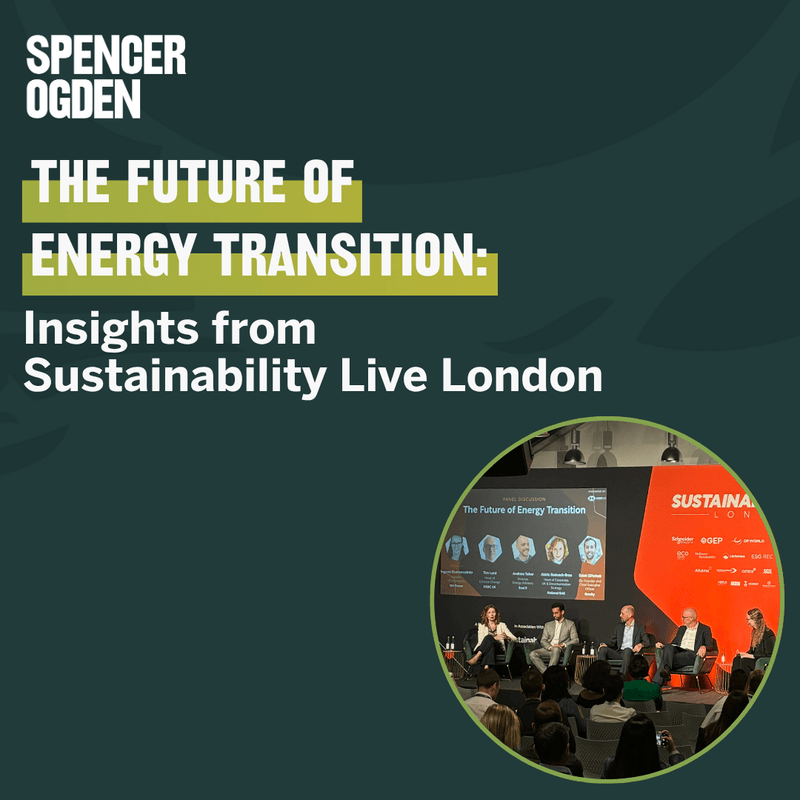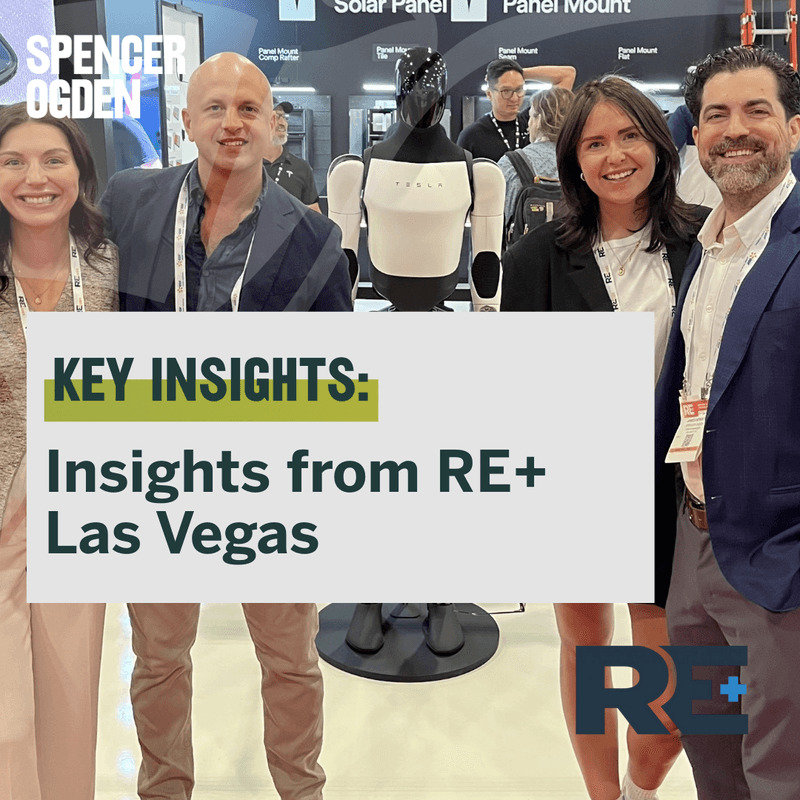Beyond the Basics: How Spencer Ogden Is Tackling Scope 3 Emissions
Spencer Ogden, aiming to be the global sustainability staffing leader, has long recognised that delivering sustainable staffing solutions requires more than internal action - it demands systemic change. This is why, after achieving significant early milestones, such as fully reducing its Scope 2 emissions and obtaining ISO 14001 certification in 2022, the company is now turning its attention to the more complex challenge of Scope 3.
To reach its net-zero target by 2035, Spencer Ogden knows that action must go beyond its own walls. Reducing emissions across business travel, purchased goods & services, and employee commuting is essential. To do this, the company is working closely with sustainability consultancy Furthr to identify emission hotspots, gather better data, and build a credible roadmap for long-term decarbonisation.
“We didn’t just want to tick boxes - we wanted to understand where the real emissions lie, and build our net-zero strategy on credible foundations. Working with Furthr has helped us take that leap.” -Regan Callender, Global ESG Manager, Spencer Ogden
Making Scope 3 Tangible
Scope 3 emissions - those that come from a company’s value chain rather than its direct operations - are notoriously difficult to measure. Especially in Category 1 (Purchased Goods and Services), which encompasses everything from software to office supplies.
With Furthr’s support, Spencer Ogden has begun to cut through the noise by:
-
Cleaning and categorising their spend data to reflect meaningful groupings
-
Highlighting high-emission suppliers and spend areas
-
Laying the groundwork for collecting activity-based data in future cycles
This clarity allows the ESG team to go beyond estimation and start designing targeted action plans.
Why Activity Data Matters
Activity-based data - such as flight distances in miles or electricity used in kWh - offers a far clearer picture than spend-based estimates. It removes the variability introduced by market prices and allows companies to measure impact with greater accuracy.
For Spencer Ogden, this has been a turning point.
“The insight you gain from proper activity data is powerful. It shows not just where your emissions are, but what you can actually do with your suppliers to change them.” -Jenni Brown, Delivery Lead, Furthr
By identifying specific behaviours and supplier activities driving emissions, Spencer Ogden is now better equipped to take real action - whether that’s changing travel policies, adjusting supplier terms, or improving procurement standards.
Engaging Suppliers: A Force Multiplier
A significant portion of Spencer Ogden’s emissions stem from a handful of key suppliers. By pinpointing these relationships and opening up conversations, the company is entering a feedback loop that benefits both sides: they get better data, suppliers get insight into reducing their own emissions, and everyone moves closer to net zero.
This type of supplier engagement also builds long-term resilience. It ensures that Spencer Ogden’s climate goals are embedded into how they do business - not just how they operate internally.
Advice to Other Businesses Starting Their Journey
Spencer Ogden offers three key recommendations for organisations starting out on emissions reduction:
- Start measuring now- When the path ahead isn’t clear, focus efforts on getting your emissions calculated. As you progress, you can improve the accuracy of your data.
- Systematise your data- Be sure to keep organised and systematic with how you store your data. Embed emissions tracking into procurement, HR, and finance systems from the outset.
- Secure buy-in- It’s broadly acknowledged that ESG shouldn’t sit in isolation. Implementing carbon reduction initiatives requires engaging stakeholders at every level.
How Should Businesses Tackle Scope 3: Goods & Services?
For businesses looking to establish a plan to understand and begin to reduce their Category 1: Goods and Services emissions, the following steps are offered
- Map purchasing and finance ledgers to gather supply chain data (most likely spend-based)
- Conduct stakeholder analysis - who can impact purchasing decisions and consequently, emissions?
- Calculate goods and services emissions using GHG measurement tool: (spend-based calculations or activity-based where data is available) - (Link to Furthr’s tool)
- Review significant suppliers contributing significantly to the organisation’s emissions
- Engage significant suppliers to obtain activity-data using surveys or direct focus groups
- Assess supply chain partners’ decarbonisation commitments with internal stakeholders to align with your organisations’ net zero goals
What Furthr Brings to the Table
Spencer Ogden’s partnership with Furthr has helped make emissions reporting more approachable, actionable, and insightful. The platform itself is intuitive, but the value of personalised support cannot be overstated.
“Jenni’s expertise and hands-on support gave our team the clarity and reassurance needed to move efficiently through the process.”- Regan Callender, Global ESG Manager, Spencer Ogden
From identifying early wins to future-proofing measurement practices, Furthr provided both strategic guidance and technical delivery, helping Spencer Ogden embed sustainability into its core operations.
Looking Ahead
The work is just starting - but the foundation is strong. By understanding its emissions drivers, focusing on quality data, and engaging the right suppliers, Spencer Ogden is shifting from measurement to momentum.
And that’s exactly what it takes to go furthr.

